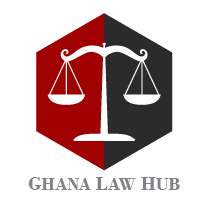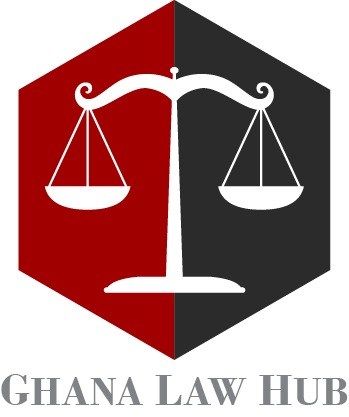After the successful incorporation of a company, the law requires certain meetings to be held by the company as a going concern. Among such meetings are the Annual General Meetings (“AGM”) and the Board of Directors Meetings (“Board Meetings”).
Concerning the time interval for having an AGM, it should not be more than fifteen (“15”) months from when the last AGM was held. However, where a company holds the first annual general meeting within eighteen (18) months of incorporation, the company is not required to hold the annual general meeting in the year of incorporation or the following year.
Legally, board meetings should be held at least once every six months. However, most companies prefer to have quarterly board meetings. This article focuses on the preparation for and attendance of board meetings as well as tasks after board meetings.
Before the Board Meetings
Agenda for the Meetings
The agenda for the board meeting confirms the purpose of the meeting. It generally indicates the venue, time, attendees (board members, and invitees) for the meeting. More importantly, it set outs the topics to be discussed during the meeting.
Arrangement and Distribution of Board Meeting Packs
All board meeting packs (presentations) by the various departments are usually sent to all attendees before the meeting date. Depending on the size of the company, the presentations cover finance, business development, organization development, legal and compliance, operations and maintenance, etc.
The essence of sending the board meeting packs before the meeting is to allow all members and attendees to have enough time to review the updates and have foreknowledge of all issues that may be discussed at the meeting.
Board Minutes of Previous Meeting
Minutes of the previous board meeting should be carefully reviewed to ensure that it captures all the issues discussed at the meeting. In modern times, most board members prefer the minutes of the meeting to be sent electronically before the meeting.
Before sending board minutes to the board of directors, it is always prudent to first share drafts with departmental heads to review and make all the necessary changes. The departmental head review is always critical as they are in a better position to confirm specific information that applies to their department and give an initial approval before the minutes are sent.
Sending minutes ahead of a meeting enables board members to review the minutes before the next board meeting. Most board meetings contain action points that have to be completed by various departmental heads before the next board meeting. The company secretary must follow up with heads of department to ensure that all action points have been completed.
Early Arrangements
Before the start of the meeting, all board packs, minutes of meetings, agenda and note pads must be properly arranged in order of the presentation on the desk of each board member. This is critical as it sets the stage for ensuring that every board member has the required documentation needed for the meeting
Conduct of the Board Meeting
Quorum
Board meetings can only begin with the right quorum. The quorum for meetings is usually dependent on the constitution of the company which spells out the number of board members required to form a quorum and number of members who can attend a meeting. Forming a quorum is necessary for directors to legally conduct business.
Review and Approval of Previous Board Meeting
The minutes of the previous board meeting is reviewed by all the board members before approval. The board chairman usually enquires whether action items from the previous board meeting have been fulfilled.
The company secretary has to take notes on observations made during the review and make the necessary corrections.
Recording Proceedings of the Meeting
The best way to capture all the proceedings of the meeting is to record proceedings if permitted by members, which will capture all the presentations during the meeting. Alternatively, notes can be taken to prepare the minutes of the meeting.
It is not necessary to transcribe all presentations as they are presented. To get good minutes from the presentations, it is always prudent to summarize most of the explanations given by the various department heads during the board presentation.
The secretary must concentrate more on the board resolutions concluded at each presentation and take note of such items. Further to this, action items required to be performed by the departmental heads for the next board meeting must also be recorded. This will serve as a guideline in the preparation of the minutes.
Again, it is necessary to be attentive to detail as most of the things to be captured in the minutes will be said orally and will not be found in the presentation.
After the Board Meeting
The best time to complete all the minutes of the meeting is within the first week after the board meeting. This time is preferable as all the happenings at the board meeting will still be lingering in the mind of the secretary.
In summary, the essence of board meetings helps the board to plan, track, measure, and evaluate the progress of the company.
Photo by Drew Beamer on Unsplash



Leave a Reply